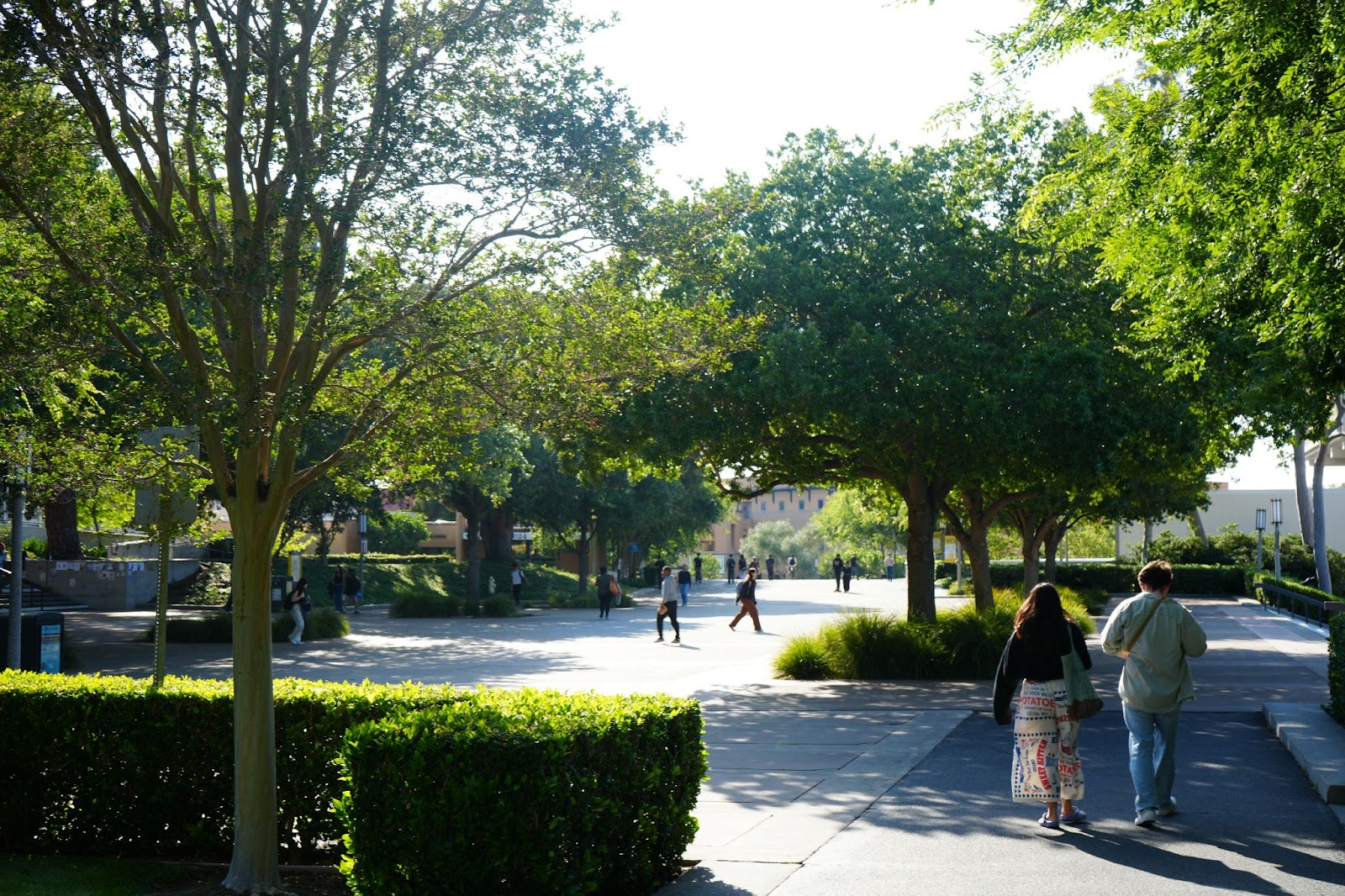Being at home the majority of the day has become more and more normal. This self-isolation emerged from the COVID-19 pandemic and has persisted since. While being at home has its benefits, such as saving money and time, there are dire physical and mental consequences of living the homebody lifestyle. Rebuilding public social infrastructure and finding our “third life” is the key to restoring personal happiness and social resilience.
The third space is a term created by Rog Oldenburg, an American sociologist, to describe the places outside of the home (the first place) and the workplace (the second place). People in third spaces, such as coffee shops and bars, have casual conversations and make connections, often forming friendships in their “third lives.” However, following the COVID-19 pandemic, there has been a significant decline in access and usage of these third spaces with no signs of recovery in the next four years.
The rise of social media usage in the U.S. can explain why people no longer leave their houses and embrace their third life. While some argue that social media is a third space as well, Founder of The People Kian Bakhtiari wrote there’s a strange paradox that “Gen-Z are hyperconnected in the virtual world but socially disconnected.” Indeed, various platforms on the internet open a new space for people to chat and connect, but social media cannot fully meet the emotional and physical connection that in-person interaction offers.
Getting out and interacting with others alleviates depression, cultivates empathy and ensures physical activity. A study in 2022 found that virtual interaction alone may not be enough to maintain physical health.
Since 2020, clinical depression has become even more pronounced for U.S. citizens. Social isolation, anxiety and fear of infection are all contributors to the increased rates of depression. In some cases, people turn to fleeting social interactions, such as casual sex, to fill the social void. While casual relationships may provide short-term positive emotions, research shows they are associated with feelings of shame, loss of self-esteem and regret after sexual encounters, as well as increased depression rates and decreased life satisfaction.
Mental health is also closely related to physical health. Studies show that long-term loneliness and lack of community involvement not only increase the risk of anxiety and depression but are also significantly correlated with cardiovascular disease, stroke and mortality.
At the same time, a homebody lifestyle often leads to a sedentary lifestyle, with a reduction of exercise and outdoor activities such as hiking and mountain climbing. Inadequate exercise further harms health, leading to diseases such as chronic venous insufficiency, heart disease, high blood pressure and obesity. Although the isolation measures initially slowed the spread of the pandemic , isolation indirectly increased the crisis of diseases related to sedentary lifestyle.
Public social infrastructure, such as parks, libraries and museums, act as third spaces for people to enjoy and lead their third lives. These shared environments enable neighbors to exchange help and resources during crises, thereby strengthening bonds. Research shows that parks can alleviate loneliness, increase trust between strangers, promote physical sports and reduce the risk of heart disease. Similarly, communities with accessible and well-planned green spaces can enhance residents’ sense of belonging.
While not all problems stem from the disappearance of third spaces, the proportion of people experiencing stress, loneliness and a lack of empathy has risen. When such spaces are limited, we cannot cultivate a vital “third life.” While people need to invest in their time spent outside of their home maintaining social connections, there needs to be commitment in creating third spaces to reinvigorate the mental and physical health of the U.S.
Lynn Lin is an Opinion Intern for the summer 2025 quarter. She can be reached at baoyinl1@uci.edu.
Edited by Isabella Ehring and Annabelle Aguirre

